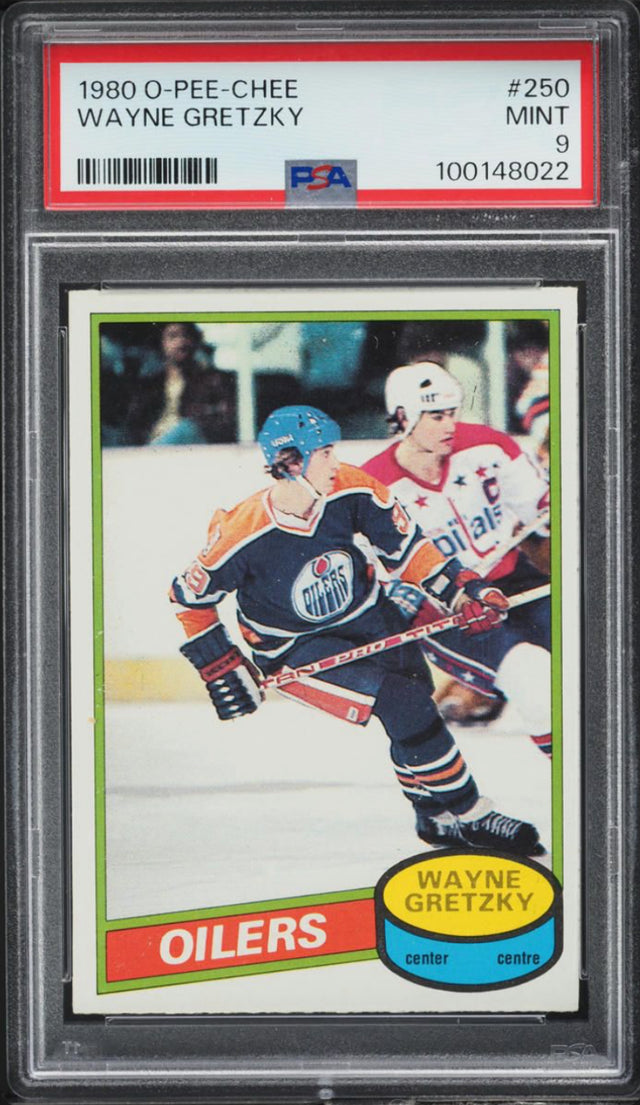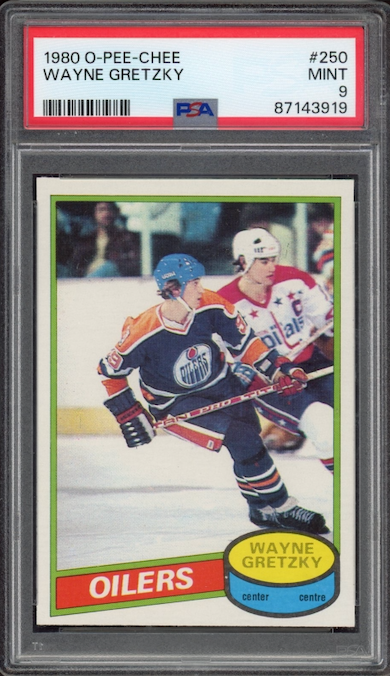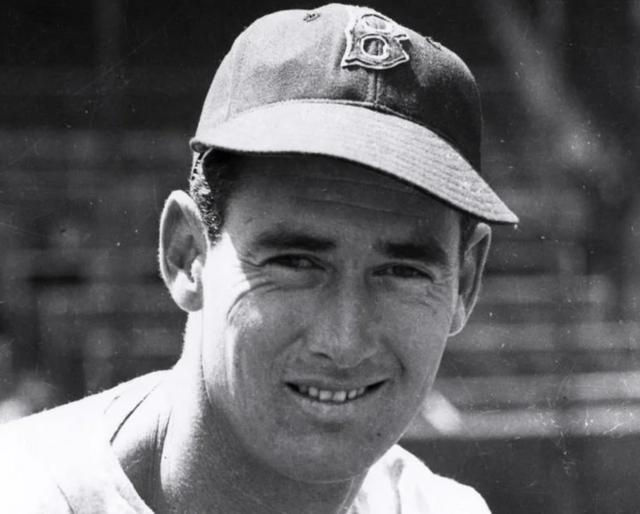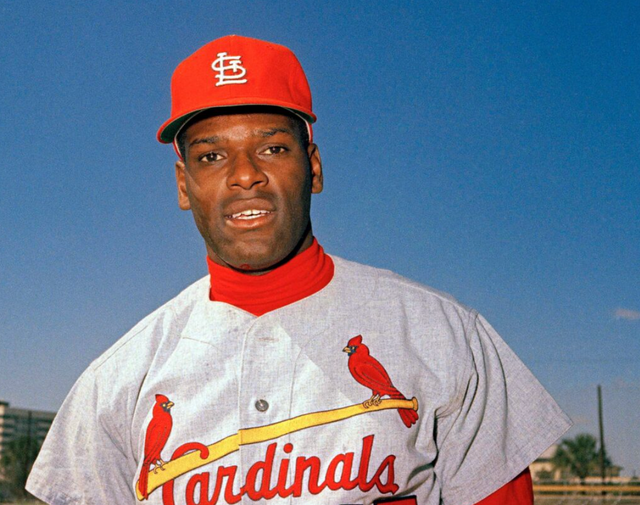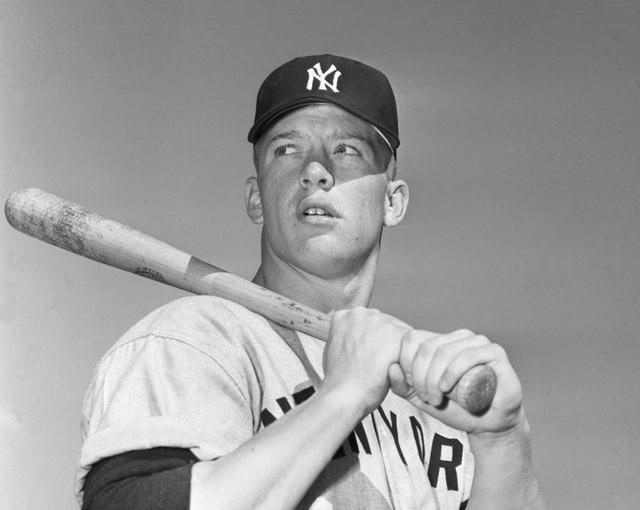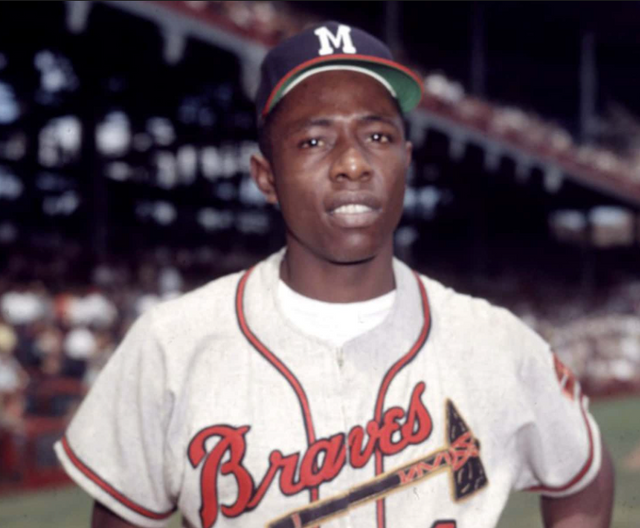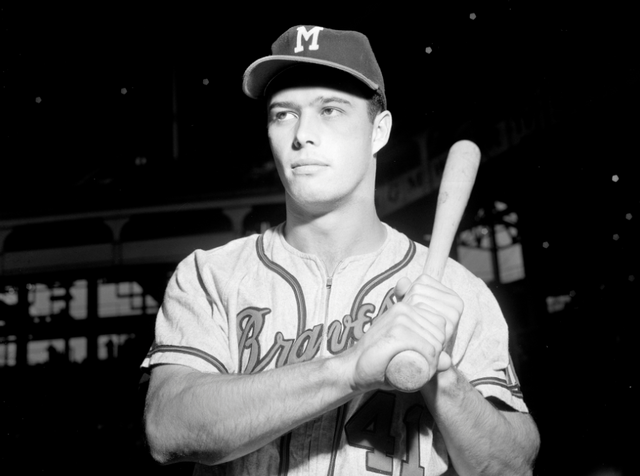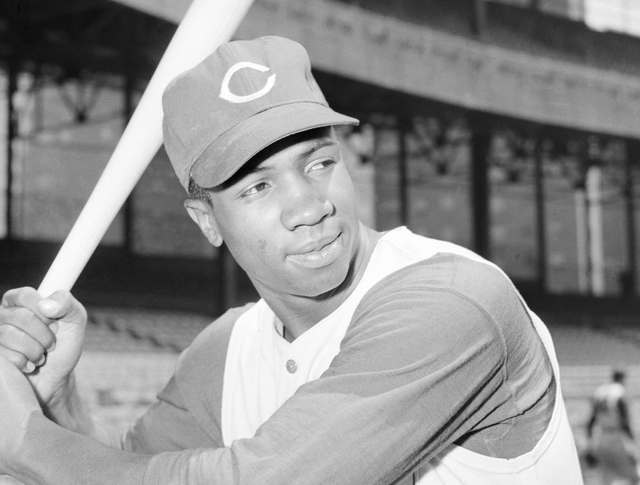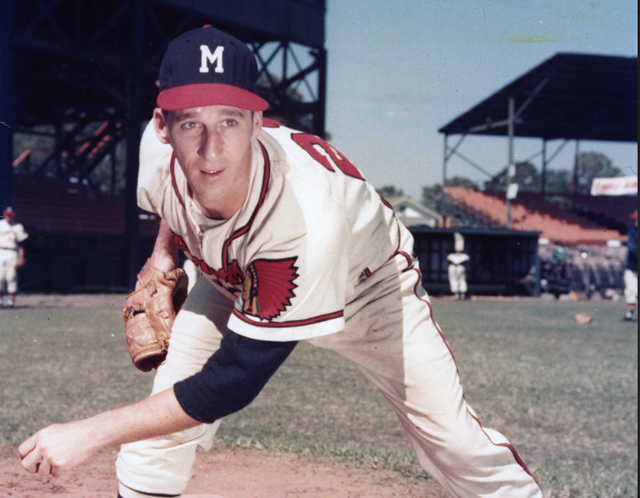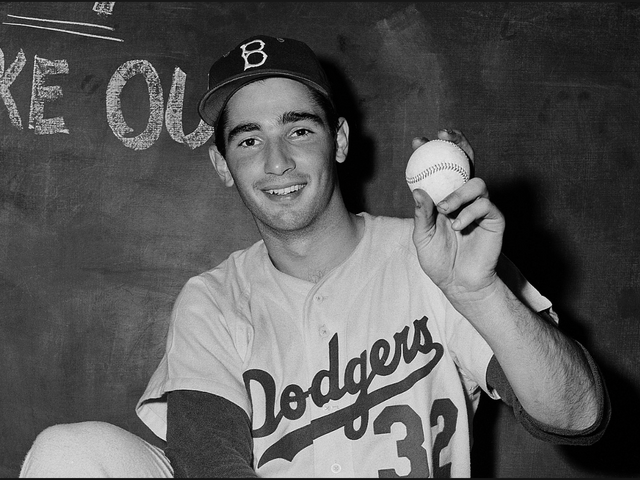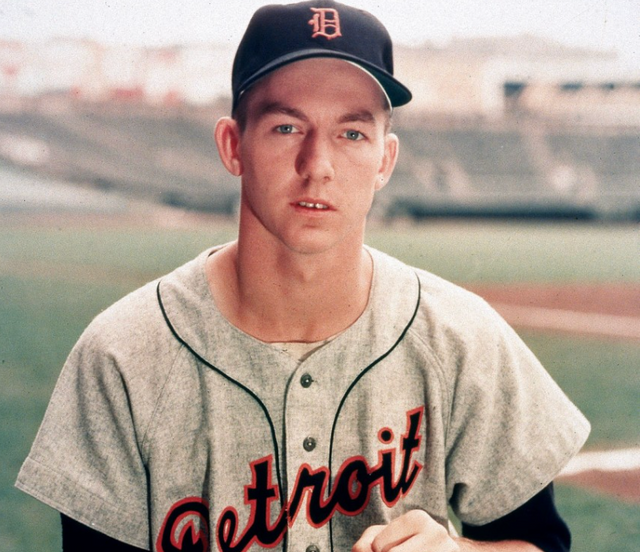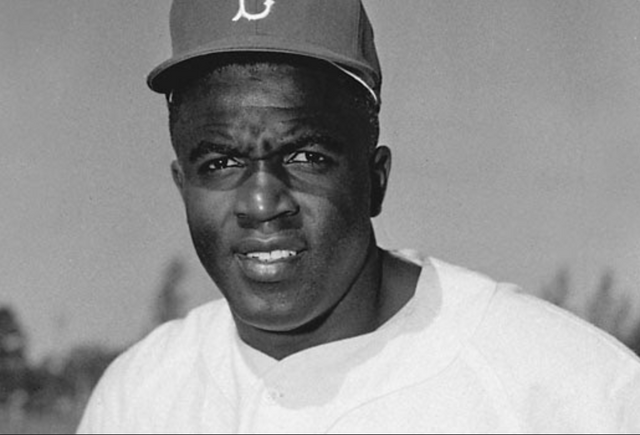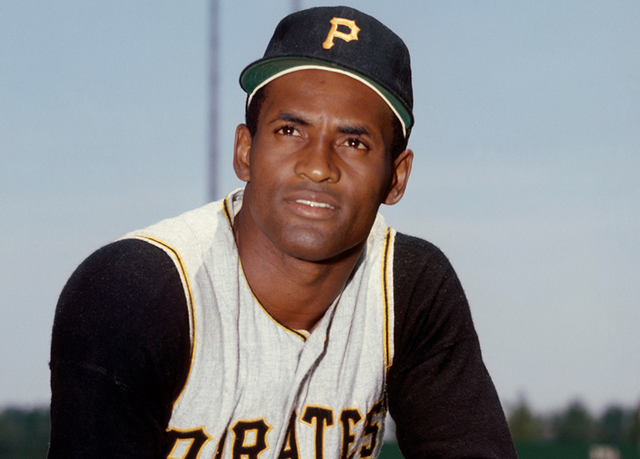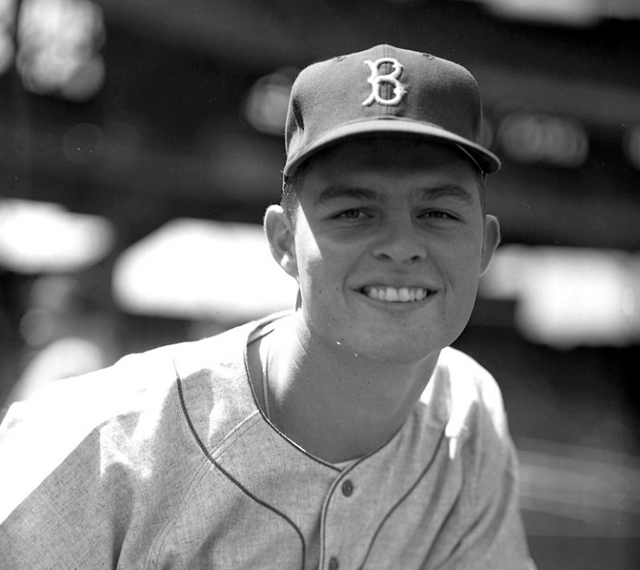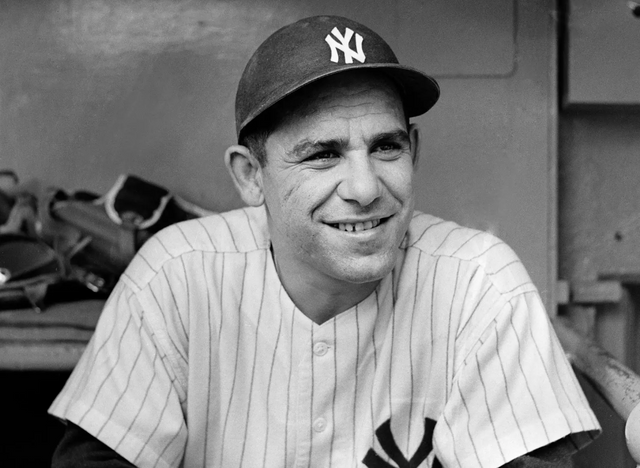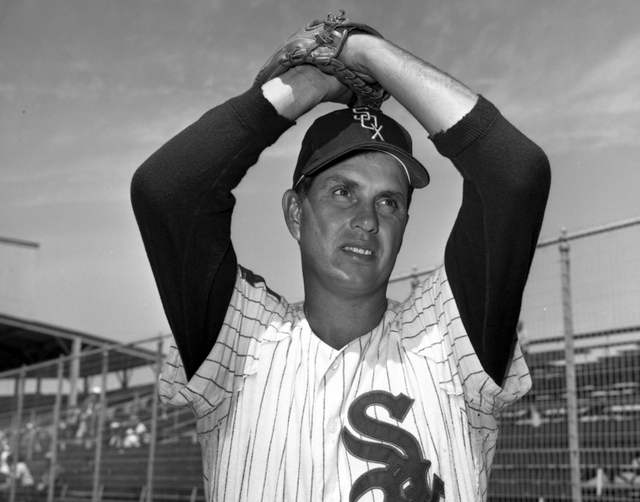Wayne Gretzky
The Great One Who Rewrote the Game

No athlete in modern sports history has so thoroughly dominated their craft, redefined their position, and elevated their game’s global profile like Wayne Gretzky. He didn’t just score goals—he reshaped hockey itself. With his preternatural vision, uncanny anticipation, and surgical precision, Gretzky didn’t overpower his opponents physically. He out-thought and outpaced them—mentally playing three steps ahead in a game that demands split-second decisions.
“The Great One” is more than a nickname. It’s a declaration. Wayne Gretzky is the greatest hockey player of all time, and the gap between him and whoever might be second is wide. The numbers speak for themselves—many of his records may never be broken. But to reduce Gretzky’s impact to stats would be to overlook the true essence of his legacy. He was the heartbeat of a sport, a cultural icon, and a beacon of possibility. Hockey was never the same after he arrived, and it will never be the same since he left.
From Brantford Prodigy to NHL Phenom: A Star in the Making
Born in Brantford, Ontario in 1961, Gretzky was a hockey prodigy from the time he could walk. He began skating at age two and was playing against boys several years older by age six—often dominating them. His father, Walter Gretzky, built a backyard rink where Wayne would hone the instincts and vision that would define his career. He wasn’t the fastest or strongest kid on the ice, but he saw the game like no one else ever had. Where others reacted, he anticipated. Where others looked for the next play, he saw the one two moves ahead.
By his teenage years, Gretzky was already a legend in Ontario. He set scoring records in youth hockey that were so absurd, they bordered on fictional—378 goals in one season as a ten-year-old. At age 16, he joined the Sault Ste. Marie Greyhounds of the Ontario Hockey League, and his dominance continued. But Gretzky’s journey to the NHL wasn’t straightforward. At a time when the league still had age restrictions and conservative gatekeeping, it was the WHA’s Indianapolis Racers and then the Edmonton Oilers who took the leap and gave Gretzky his professional debut.
In 1979, the WHA folded, and the Edmonton Oilers were absorbed into the NHL. Gretzky was 18 years old. The league had no idea what was about to hit it.
Career Stats and Accomplishments
- NHL Games Played: 1,487
- Goals: 894 (most all-time)
- Assists: 1,963 (most all-time)
- Points: 2,857 (most all-time)
- Points in a single season: 215 (1985–86)
- Goals in a single season: 92 (1981–82)
- NHL MVP (Hart Trophy): 9 times (most in league history)
- Art Ross Trophy (Leading Scorer): 10 times
- Stanley Cup Championships: 4 (1984, 1985, 1987, 1988 with the Edmonton Oilers)
- Conn Smythe Trophy (Playoff MVP): 2 times
- NHL All-Star: 18 selections
- Inducted into the Hockey Hall of Fame: 1999 (waived the standard waiting period)
- Career plus-minus: +520
- Only player with over 2,000 career points (he surpassed that on assists alone)
- #99 retired league-wide across the NHL
Defining Moments in a Legendary Career
The Birth of a Dynasty in Edmonton
When Gretzky entered the NHL in 1979, the Oilers were a young expansion team. Within five years, they became a dynasty. With Gretzky centering a lineup that featured future Hall of Famers like Mark Messier, Jari Kurri, Paul Coffey, and Grant Fuhr, the Oilers played a brand of high-octane, offensive hockey that overwhelmed opponents. Gretzky was the engine—averaging over 200 points per season in his prime. From 1984 to 1988, the Oilers won four Stanley Cups, and Gretzky redefined what was possible for an NHL forward.
The Trade That Shocked Canada
On August 9, 1988, Gretzky was traded from the Oilers to the Los Angeles Kings in a move that stunned the sports world and devastated a nation. The trade wasn’t just a transaction—it was a cultural earthquake. But Gretzky, ever the professional, embraced the role of ambassador. He brought hockey into non-traditional markets, expanded the NHL’s presence in the United States, and paved the way for the league’s growth in California, Arizona, Florida, and beyond.
Canada’s Captain in 1987
In the 1987 Canada Cup, Gretzky led a stacked Canadian roster in what’s widely considered the greatest international hockey series ever played. Teaming up with Mario Lemieux, Gretzky assisted on the tournament-winning goal and finished with 21 points in just nine games. It was a showcase of elite talent at its peak—and Gretzky was at the center of it all.
Most Iconic Cards in the Hobby
1979 O-Pee-Chee #18 – Rookie Card
Arguably the most important modern hockey card ever produced. The O-Pee-Chee version, printed in Canada, is known for its centering and print issues, making high-grade examples extremely rare. A PSA 10 has fetched prices well into seven figures. It’s the holy grail of hockey collecting.
1979 Topps #18 – Rookie Card (U.S. Version)
Identical in design to the O-Pee-Chee but printed for the U.S. market. Less valuable due to higher production and slightly different card stock, but still one of the most sought-after rookie cards in sports history.
1981 O-Pee-Chee #106 – First Card After Winning the Hart Trophy
Captures Gretzky as the reigning MVP, just as his career was reaching full throttle. A beautifully designed vintage card from one of the most thrilling periods in NHL history.
The Legacy of The Great One
Wayne Gretzky didn’t just play hockey—he transcended it. He was not the strongest, the fastest, or the most physically intimidating player on the ice. Yet no one ever controlled a game the way he did. He saw passing lanes before they existed, made his teammates better, and forced opponents to adjust their entire defensive schemes just to contain him. Often, it didn’t matter.
He was the ultimate sportsman—humble, gracious, and respected across the globe. He carried himself with a poise that belied his fame. In Canada, he became more than a hockey player. He was a national treasure, a symbol of excellence, and a figure kids imitated in every backyard rink. In the United States, he helped popularize a sport that had once been confined to the northern border. In every market he entered—from Edmonton to L.A., from New York to St. Louis—Gretzky elevated the game.
No player has ever come close to touching his offensive totals. And even now, in retirement, his influence is felt at every level of the sport. As an executive, ambassador, mentor, and analyst, he remains a constant presence in the hockey world.
Wayne Gretzky wasn’t just the best player to ever play the game. He was the visionary who elevated it, expanded it, and inspired generations. He redefined greatness in hockey—and did it with grace, class, and mastery. There will never be another like him.
Filters Filter & Sort
-
1980 O-Pee-Chee #250 Wayne Gretzky PSA MINT 9
$2,300.00( / )Unavailable -
1980 O-Pee-Chee #250 Wayne Gretzky PSA MINT 9
$2,300.00( / )Unavailable
More Player Collections
-
Product title
$12.34 -
Product title
$12.34 -
Product title
$12.34 -
Product title
$12.34 -
Product title
$12.34 -
Product title
$12.34 -
Product title
$12.34 -
Product title
$12.34 -
Product title
$12.34 -
Product title
$12.34 -
Product title
$12.34 -
Product title
$12.34

